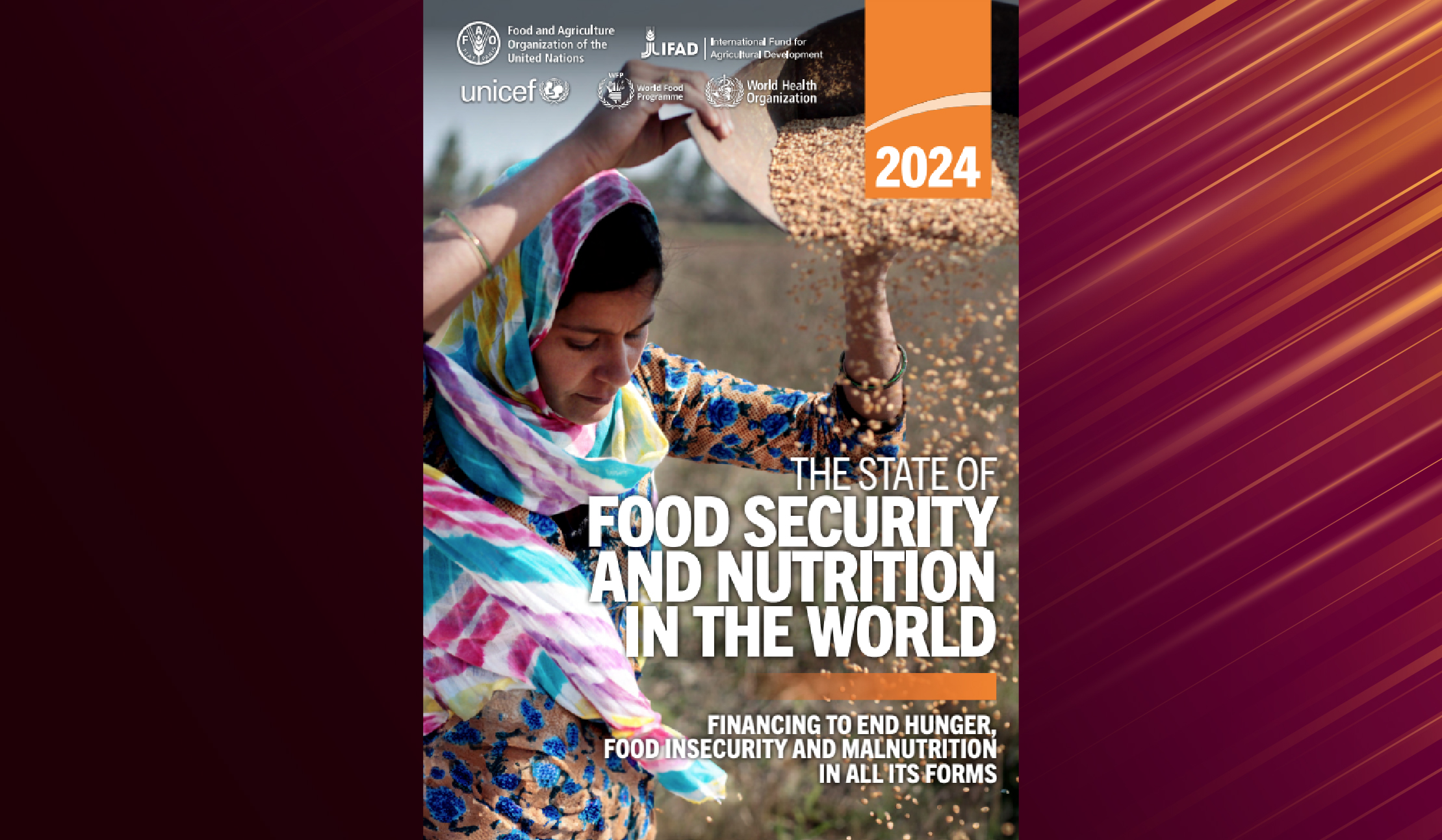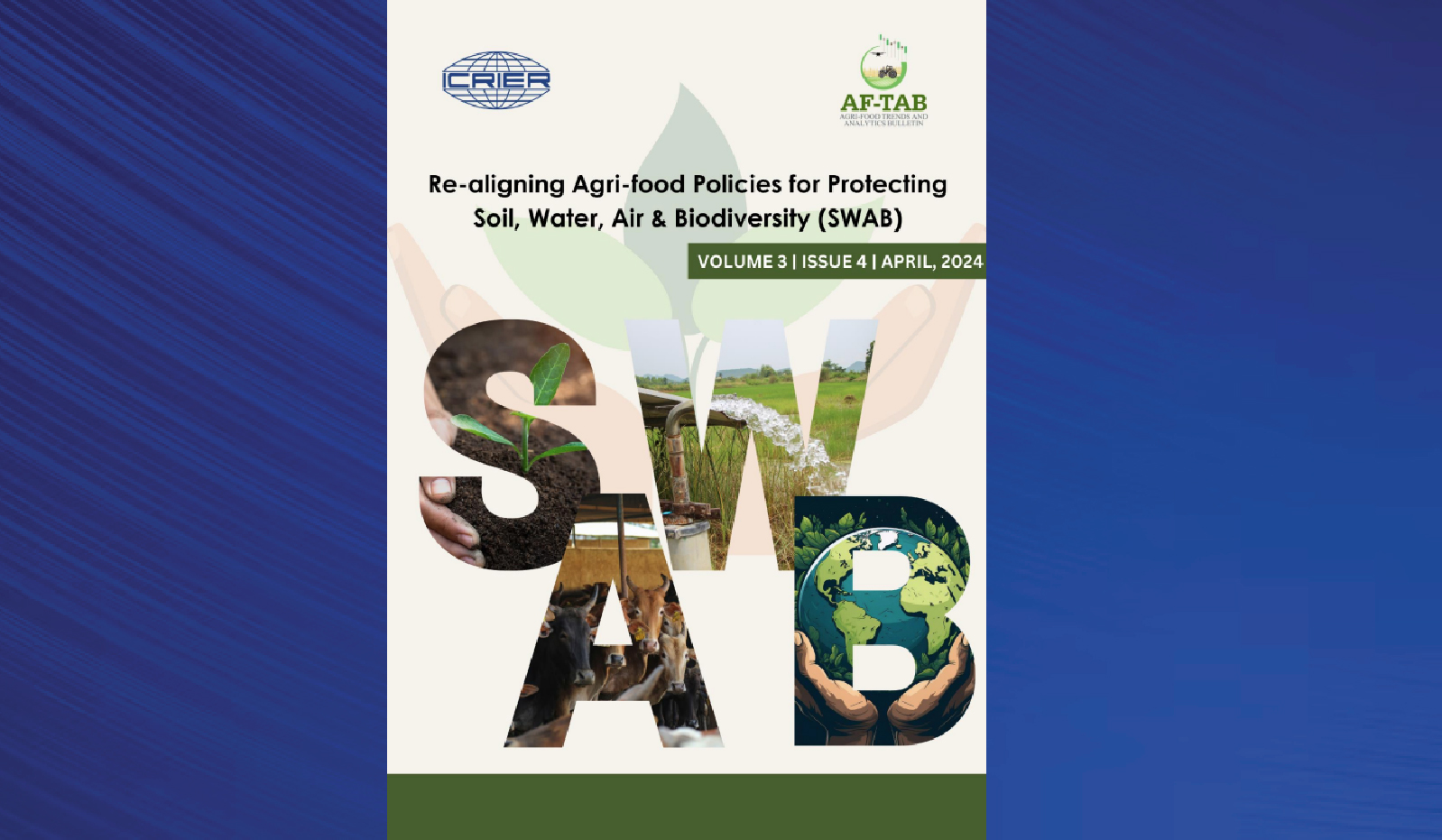Report emphasizes on value-driven transformation of agrifood systems and builds on the estimates of the previous edition on global hidden costs of agrifood systems (journey of food from farm to table).
- Hidden cost refers to external costs (i.e., negative externalities) or economic losses triggered by other market or policy failures.
Key findings of the report
- Hidden Costs: Industrial and diversifying agrifood systems contribute maximum to global quantified hidden costs (around 5.9 trillion 2020 PPP dollars), dominated by health hidden costs linked to non-communicable diseases.
- Unhealthy dietary patterns (like low intake of whole grains, high intake of sodium, etc.) account for 70% of all quantified hidden costs.
- Other contributing factors include: Social costs (due to undernourishment and poverty); environmental costs (emission of greenhouse gases, etc.).
- India-related findings: India’s total hidden costs stands around $1.3 trillion annually (3rd largest after China and the USA), largely driven by unhealthy dietary patterns.
Major Recommendations on transforming the Agri-food value chains
- In industrial agrifood systems (Long value-chains with high urbanization): Upgrade food-based dietary guidelines to an agrifood systems approach, mandatory nutrient labels and certifications, and information campaigns, etc.
- In traditional agrifood systems (Short value-chains with low urbanization): Complement conventional productivity-enhancing interventions with environmental and dietary levers to avoid the increase in environmental footprint.
India’s Initiatives to reform Agrifood Systems
|





